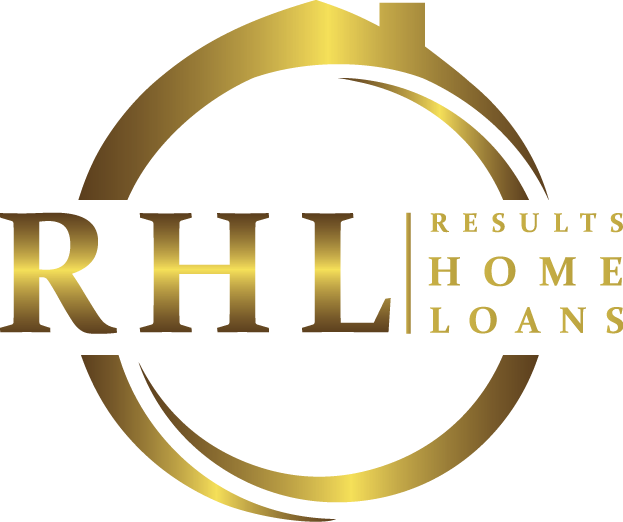3 Myths about negative gearing
Negative gearing is often regarded as the key to successful property investment but that is not always the case.
Ahhh … negative gearing! As Aussie as meat pies, zinc cream and “Oi oi oi,” negative gearing has long been the go-to strategy for aspiring investment property owners.
But while it can be a great strategy for building wealth with help from the tax man, it’s not a magic formula. To make the most of negative gearing, you need to understand how it works and the potential pitfalls.
Here are just a couple of popular misconceptions.
- Negative gearing is a sure way to make money.
Actually, the word negative is the give-away. Negative gearing is really a way to lose money. An investment is negatively geared when its expenses (things such as rates, maintenance, property management and interest on your loan) exceed the income (or rent) that you earn from it.
To be negatively geared, the investment has to make a loss. You may be able to claim a tax deduction on those losses against other income, such as your salary, which reduces the amount that has to come out of your pocket. But, depending on your tax rate, that will cover only up to 49 per cent of your losses – you will have to pay at least half yourself.
The key to a successful negatively geared investment is not only capital growth but the keeping your holding costs to just pocket money each week. The general rule is for properties to break even, the property’s value must increase by more than your out-of-pocket expenses. When property prices are booming that sounds easy, but don’t forget prices can fall as well. To ensure that your property’s holding costs are kept low you need the rental to be solid and current tax system to play an integral part in the process.
Click here to receive a copy of our Property Number Cruncher.
- Negative gearing can wipe out my tax bill.
From a tax point of view, negative gearing may be much more effective when interest rates are high and you can claim a big interest deduction. But as we’ve just seen, a big tax deduction is generated from a big loss, which increases both the amount you have to pay out of your own pocket and the capital growth needed to get your money back over time.
Smart property investors understand that increasing the tax effectiveness of negative gearing can be achieved by depreciation allowances, especially on newer properties. These allow you to write off the value of items that wear out or “depreciate” over time, such as carpets, furniture and appliances. You may also be able to claim a capital works deduction for construction or improvements. Depreciation gives you a deduction with having to dish out any cash. There for you could be negatively geared for tax purposes but have positive cash flow.
Click here to receive a copy of our Property Number Cruncher.
- All gearing has to be negative.
The upside of low interest rates is that it’s increasingly possible to buy properties without losing money. “Positive gearing” occurs when the rent from a property exceeds your expenses so, in effect; it pays for itself and can even generate income. Depreciation again can make a positive contribution to the after tax cash flow of most newish properties.
This is different to negative gearing and generally a lower risk strategy, though you still need to do your homework and ensure the property has both good growth and future rental potential.
Click here to receive a copy of our Property Number Cruncher.
FIND OUT MORE ABOUT NEGATIVE GEARING
